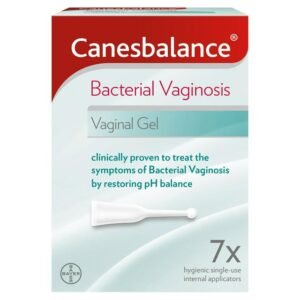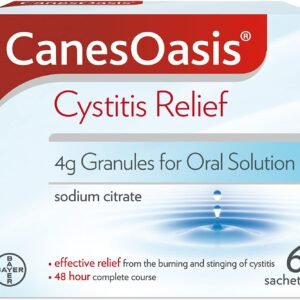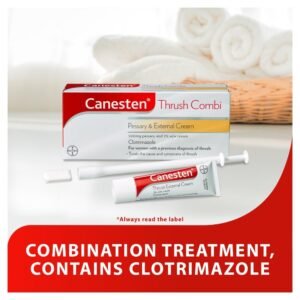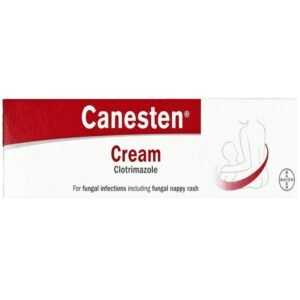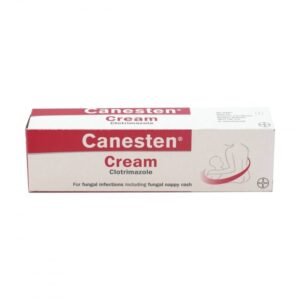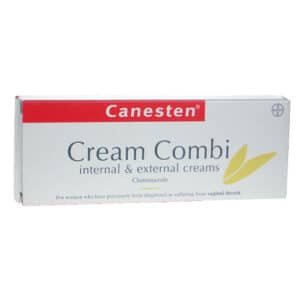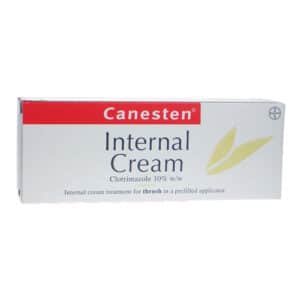Thrush and Cystitis are both common conditions, and some women will suffer more than once.
Thrush is an infection caused by a yeast-like organism called Candida albicans, which is naturally found in the vagina of any healthy woman. This only starts to cause symptoms when the organism flourishes due to a change in the pH levels of the vagina.
Thrush can be caused by hormonal changes, wearing tight or synthetic clothing, taking antibiotics, and from any damage to the vaginal tissues.
The common symptoms of thrush are itching and soreness around the outside of the vagina, an odourless white curd-like discharge, a stinging sensation when urinating, and pain during intercourse.
Bacterial vaginosis (BV) is often mistaken for thrush, therefore it is important to know the difference. Similar to thrush, BV symptoms can include vaginal itching and burning pain when urinating. However, the main differences, are that in BV, the vaginal discharge is usually grey, yellow or greenish in colour, and there is a distinct “fishy” odour that gets stronger after sex or during menstruation. If you think that there is a chance you may have bacterial vaginosis, you should seek medical advice from your pharmacist or doctor.
The most common treatment used to treat thrush is the antifungal Clotrimazole. Clotrimazole creams and pessaries are available separately or in combination packs, depending on your preference. E.g. Care Clotrimazole cream 1%, Canesten Soft Gel Pessary Combi.
Another treatment option you might find more convenient is an oral capsule containing Fluconazole. i.e. Canesten Oral Capsule.
Before you buy any treatment for thrush, make sure you read the patient information leaflet to check suitability or to see if you need further medical advice.
Cystitis is an infection or/and inflammation of the bladder. It can occur in males and females however it is more common in females. It can be treated with OTC products however if you suffer repeated bouts of cystitis, you should seek medical advice from your doctor.
Cystitis occurs when bacteria grows in the bladder and causes inflammation. This can be triggered by a number of factors, for example, dehydration, irritation from an allergy to particular food or drink, certain toiletries, tight clothing, pregnancy, and post-menopausal syndrome. Certain factors of your lifestyle can also trigger cystitis, such as, too much sexual intercourse, alcohol, spicy foods, and strong coffee and tea.
The main symptoms of cystitis are intense pain and/or burning sensation when urinating. Other symptoms include, increased urinary frequency and urgency, smelly and cloudy urine, and passing small quantities of urine each time.
If you are a male with these symptoms, please consult your pharmacist or doctor before buying any of the OTC treatments.
Patients taking blood pressure or heart medication must also speak to their pharmacist or doctor before buying the OTC cystitis treatments.
Treatments for cystitis contain ingredients such as sodium citrate and potassium citrate which works by making the urine less acidic and thereby relieving symptoms. E.g. Cystopurin, Canesten Oasis, Cymalon.
Before buying these products, read the patient information leaflet to check suitability.
In addition to using these products, you should drink half a pint of water at the first sign of an attack and then do so again every 20 minutes for 3 hours in order to flush out the bladder.
Signposting:
Thrush & Urinary Problems
Showing 1–10 of 16 results


